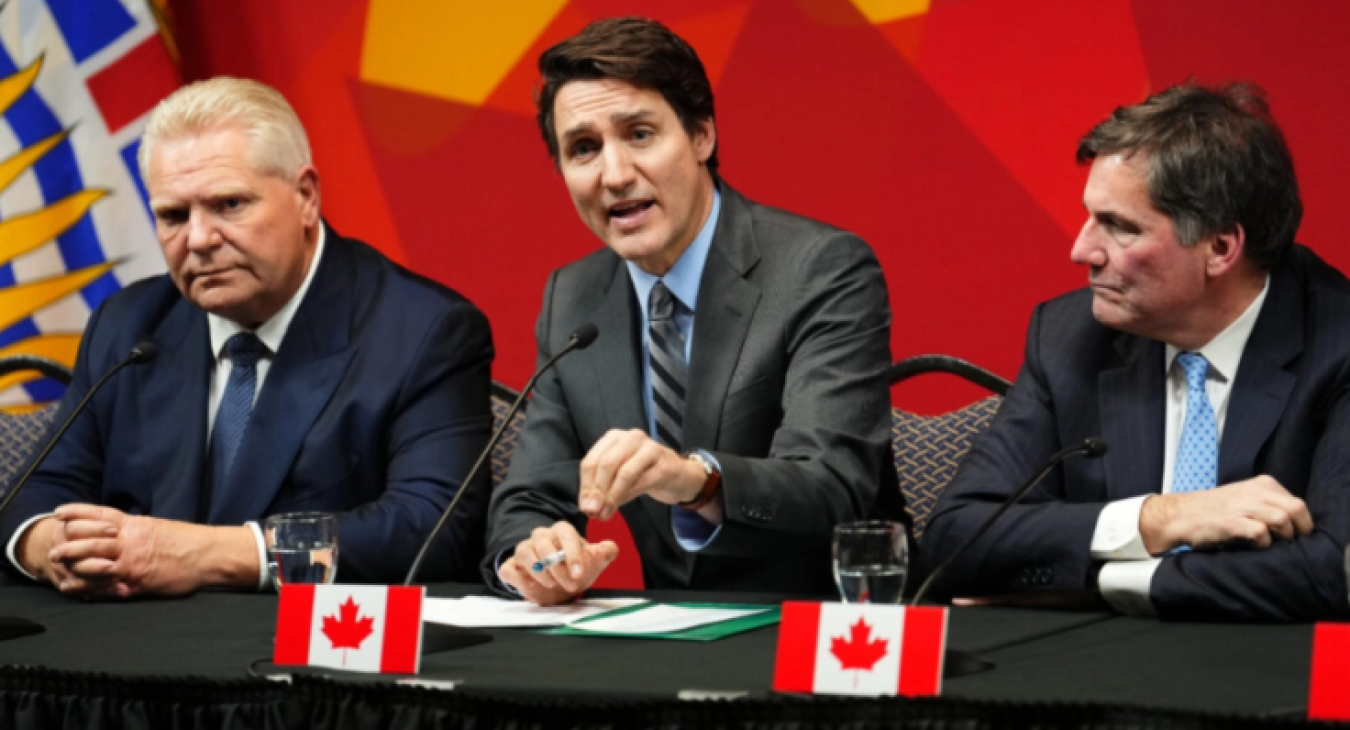After US President Donald Trump imposed 25% tariffs on most Canadian goods and 10% on energy, the Canadian government and provinces have developed measures to protect the economy and jobs.
Canada has already responded with counter-tariffs worth 30 billion Canadian dollars and is ready to increase them to 125 billion if the US does not abandon its tariffs.
Federal measures
Prime Minister Justin Trudeau has stated that all revenue from counter-tariffs will be used to support businesses and workers. Expanded Employment Insurance (EI) payments and direct financial assistance to companies affected by US tariffs are being considered.
Provincial initiatives
- Ontario is allocating 40 billion CAD to support affected industries and workers, including:
- 5 billion - Protect Ontario fund to help large manufacturers,
- 10 billion - tax deferrals for 6 months,
- 3 billion - tax breaks for small businesses.
- Government loans and investments in infrastructure are possible.
- Quebec launches Frontière program, offering $50 million in loans over seven years with a two-year grace period, as well as support for business expansion through Investissement Québec.
- British Columbia plans to help displaced workers and expand export markets. Authorities will accelerate major projects, including the Buy B.C. program to support local producers.
- Alberta plans to remove provincial trade barriers and support national energy projects such as gas pipelines and LNG production.
- Saskatchewan is still formulating its response to tariffs, but promises to support exports and infrastructure.
- Manitoba is introducing tax deferrals for hard-hit companies, including deferrals of retail tax, health care and higher education contributions.
- Nova Scotia is creating a reserve fund to help vulnerable industries, but details are not yet available.
- New Brunswick is allocating $40 million CAD to find new markets and $5 million in working loans for businesses. A fund will be created to support communities affected by tariffs.
- Newfoundland and Labrador has not yet announced financial measures, but is looking for new export markets.
- Prince Edward Island is offering businesses grants of up to $32,000 CAD and six-year loans with interest only for the first year. The province will double the number of trade missions to support exporters.
These measures are expected to be aimed at preserving jobs, supporting small and medium-sized businesses and reducing Canada's dependence on the United States amid the trade crisis.
